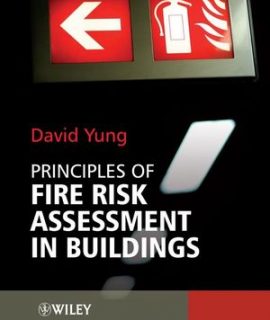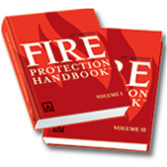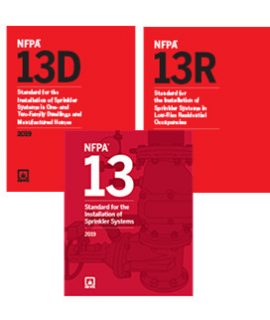Building Vulnerability Assessments
$107.95
All too often the assessment of structural vulnerability is thought of only in terms of security upgrades, guards, and entrance barriers. However, in order to fully ensure that a building is secure, the process of design and construction must also be considered. Building Vulnerability Assessments: Industrial Hygiene and Engineering Concepts focuses on the range of vulnerabilities that can and should be addressed from design implementation through securing a building from intrusion from all types of threats.
Customized Recommendations for Individual Structures
The book begins with an outline for vulnerability assessments conducted either in-house or in coordination with a third party. The text is presented in a way that facilitates modifications for an organization’s particular needs. The authors present summaries of regulations that are used to determine if chemicals create a risk to off-site locations or constitute a homeland security vulnerability. They also discuss physical security and chemical, biological, and radioactive (CBR) threat potentials.
Highlights the Threat of Biological Contamination
The remainder of the book discusses control systems to reduce vulnerabilities, emphasizing ventilation system controls. Since a building or facility which is already contaminated is easier to contaminate further, the authors put a heavy focus on new, latent, and residual chemical and biological contamination within building infrastructures. The book concludes by presenting basic emergency planning recommendations and offering recommendations for assessment programs and emergency drills.
This volume, comprising the wisdom of scientists and engineers who have dealt in the past with building and site failures, assists future designers and operations and emergency planners in making decisions that may lessen the impact of emergencies and help to prevent them from occurring in the first place. By taking a multi-faceted approach to building security, those charged with protecting a structure’s vulnerability can help to ensure that crisis is averted.
Features
- Provides concise information on chemical, biological, and radioactive threats to buildings and their occupants
- Offers an in-depth discussion of ventilation systems
- Discusses the value of sheltering in place versus evacuation
- Presents information on design options that facilitate safety
- Explains the limitations of current decontamination methods
- Defines decontamination requirements for various scenarios and provides a template on sequential building material decontamination
- Conveys recommendations for mechanical systems design
Categories
- Firehall Mall
- First Alert Smoke & Carbon Monoxide Alarms
- Coming Soon – Pre-Order
- ATS Online Training
- NFPA Standards & Fire Codes
- Ontario Codes
- Fire Safety & Public Education Materials
- Fire Service & Rescue
- Fire Investigator
- Fire Inspection & Code Enforcement
- Apparatus Driver/Operator
- Fire Protection/Systems & Apparatus
- Vehicle Extrication/Highway Safety
- Hazardous Materials
- Industrial / Facility
- Building & Life Safety
- Fitness / Wellness / Health & Safety
- Wildland
- Management / Leadership / Advancement
- Firefighter Entry Level
- Emergency Medical Service
- Emergency Management/Terrorism
- Firefighting Novels/History/Memoirs
- Deals & Steals







